
Condensation in a Nutshell
Don’t have time for a long explanation? Here are the key points:- Condensation is caused by high humidity, often due to poor ventilation or inadequate insulation.
- Regularly checking loft spaces for condensation and other problems is essential.
- Keep humidity down by keeping a close eye on bathroom spaces and avoiding using the loft to dry laundry.
- Don’t forget that pipework can be a target for condensation.
- Get an expert to install ventilation and proper insulation to prevent condensation in the loft.
What Causes Condensation in the Loft?
Condensation occurs when water in the air cools on a surface. It can happen in areas of high humidity where there is an excess of water vapour, in places with poor ventilation, and in lofts where the insulation is inadequate. Condensation also often occurs on windows or pipes that are often cooler than the surroundings.
Thankfully, condensation can be easily managed and prevented.
1: Make Sure Loft Ventilation is Effective
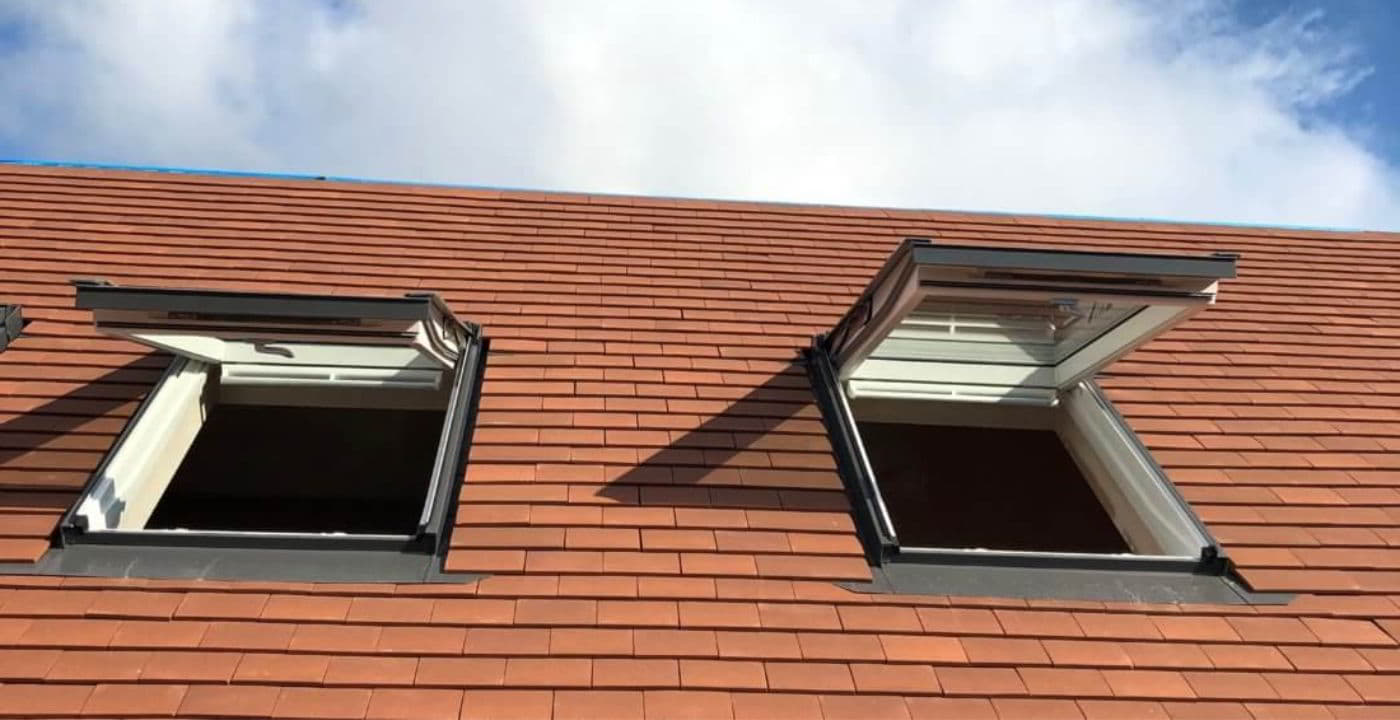
When ventilation is poor, the damp air becomes trapped in an area and isn’t circulated to the outside. This, in turn, can lead to condensation.
Ventilation is often poorest in rooms or areas that are little used, or those where vents and windows are small or ineffective. Unconverted lofts often have little purpose-designed ventilation, while those that have been converted but underused may suffer from ventilation problems simply because vents and windows are rarely opened.
Bathrooms are especially in need of good ventilation as they tend to have higher humidity than other rooms, yet sadly, these areas are often poorly ventilated with smaller windows and vents that aren’t up to the task.
The best way to fix ventilation problems is by making sure the rooms are regularly aired, even in the winter months. Leaving windows open for a period every day, as well as making sure all vents are kept clear, will often do enough to improve ventilation in the loft rooms. If adequate ventilation is missing from the loft, then it may be necessary to install vents and fans where required.
2: Insulate Your Loft Space Well
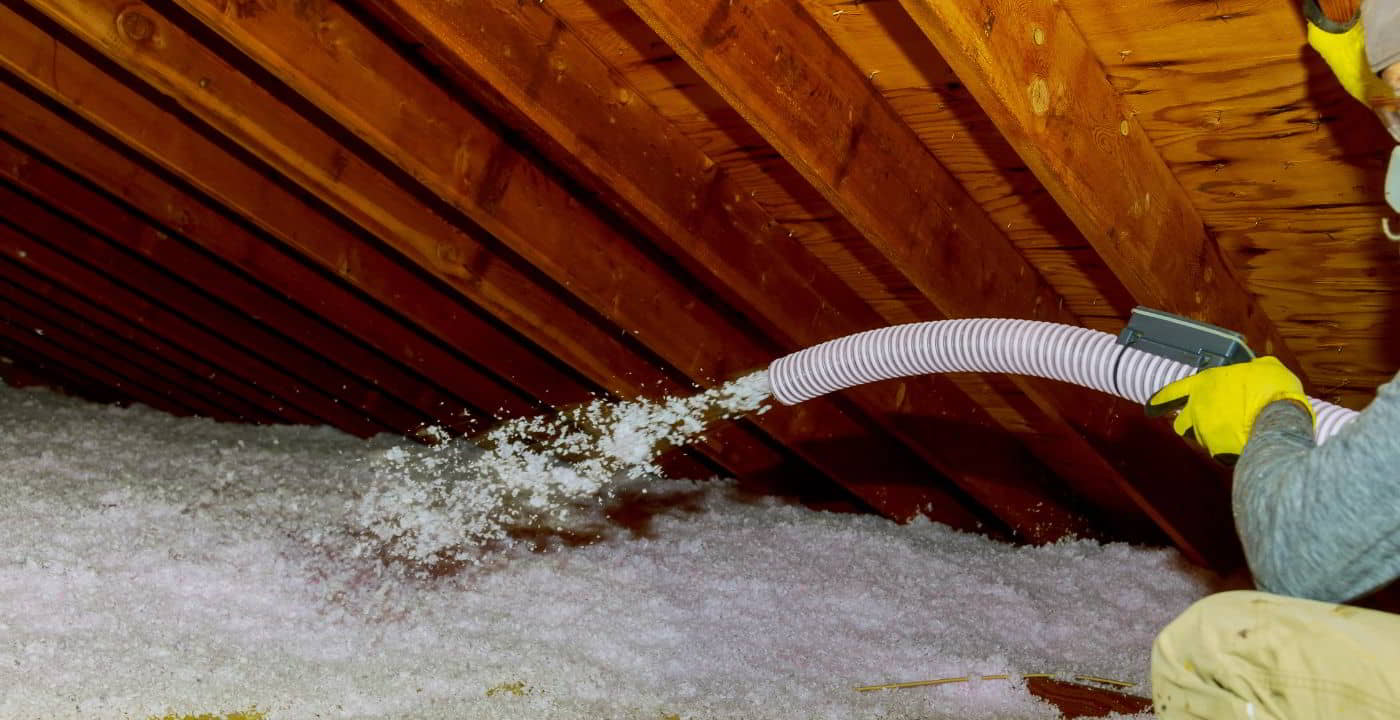
Proper insulation goes a very long way to preventing condensation. Cold walls, roofs, and windows are all prime locations for condensation to gather and are a typical sign of a poorly insulated loft space.
Insulating the loft well minimises changes in temperature and helps prevent condensation.
Another issue can be warm air rising from the rest of the home into the loft area, especially if there are gaps in the insulation between floors. This warm (and often humid) air will cause the unwanted temperature difference between the outside walls and windows and the internal room, ensuring condensation will gather.
Good insulation is a must-have for all lofts, with energy efficiency one of the key considerations for modern homes. We do advise that loft insulation is installed by professionals as mistakes are easy to make and can become costly.
3: Regularly Inspect and Maintain Your Loft
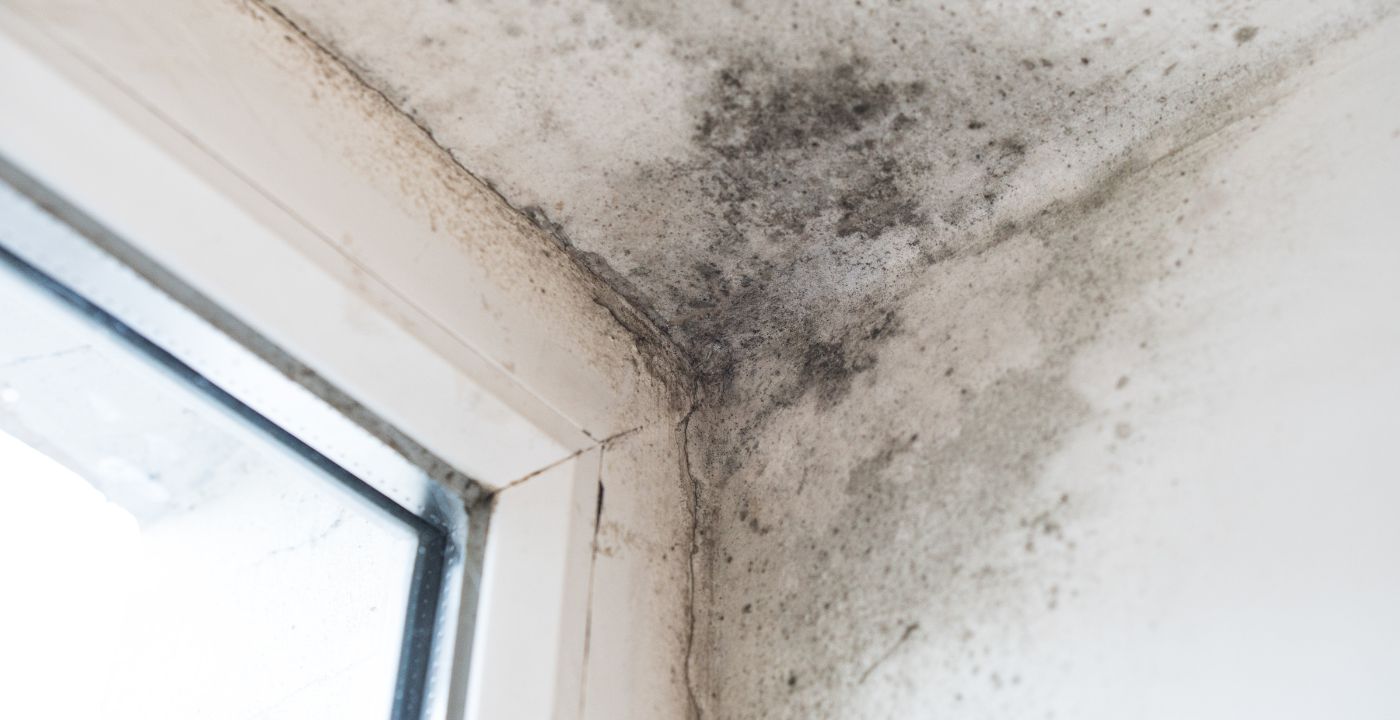
Left unchecked, condensation in the loft can quickly become mould. Other than the significant health risks from unchecked mould growth, these spores will damage the structure of your loft and in some extreme cases, can mean a complete loft refurbishment is required.
Leaks in the roof will mean water gets into the loft and mould grows even quicker. While this is not quite the same as condensation, it can exacerbate condensation in other areas of the loft space and accelerate damage.
Checking your loft space regularly is essential. Converted loft rooms need cleaning and airing, as described above, while unused loft space or storage space should be checked to make sure there are no issues. Unchecked mould growth, leaks, and other problems in the loft area must be dealt with right away as they only become worse over time.
4: Control the Humidity
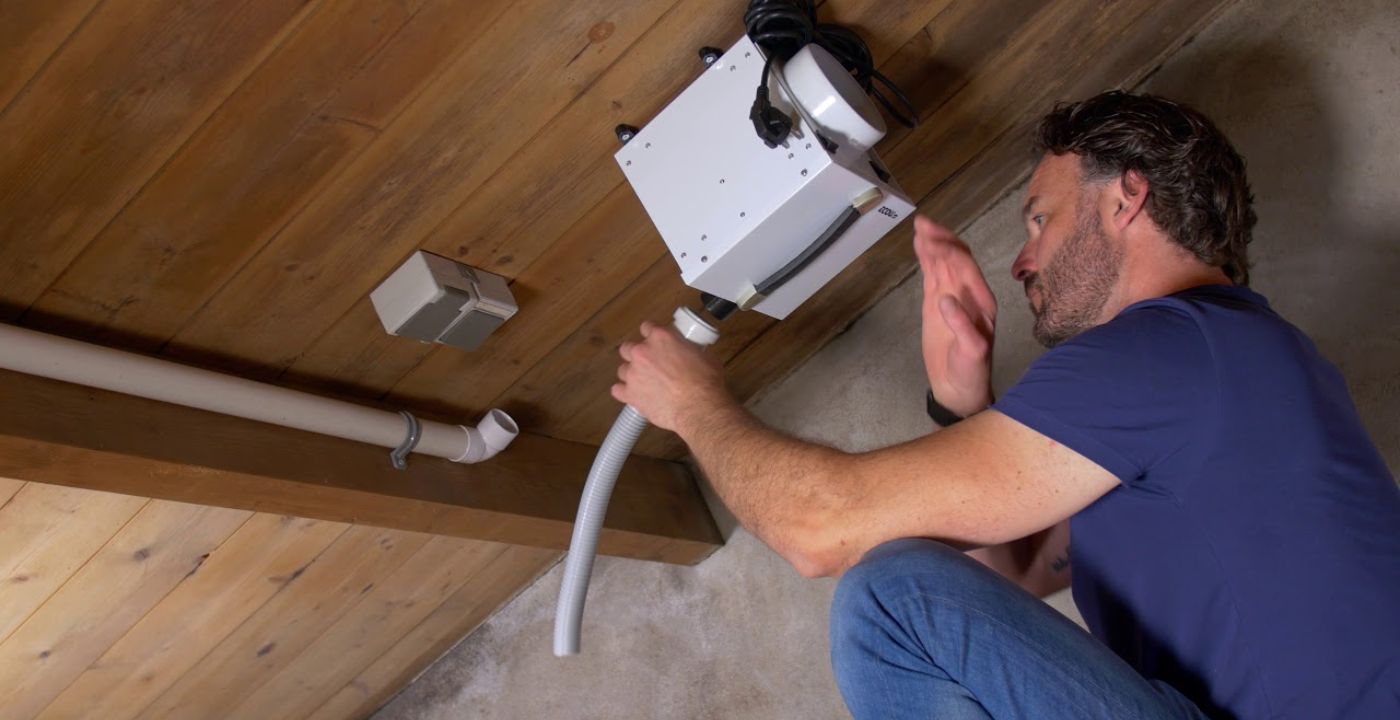
It is important to keep humidity low in the loft to prevent condensation. One solution is to consider dehumidifiers which come in a range of sizes and can be quite effective even when choosing low-budget solutions, but beyond that, care should be taken to keep humidity under control.
Bathrooms in the loft area should be kept clean and moisture free as much as possible. Long showers can cause rooms to fill with steam and rapidly increase humidity – it’s always good to have an open window if you enjoy a languishing daily wash! Wet floors that go unchecked will dry by the water evaporating into the air and causing condensation in other nearby areas, and even damp towels left to dry on rails will contribute to the overall level of humidity.
One key consideration is to not use the loft as a laundry drying area – as your clothes get drying, the air around them becomes wetter and that moisture has to go somewhere. Poorly ventilated rooms with clothes drying in them are prime condensation areas.
5: Insulate Pipework
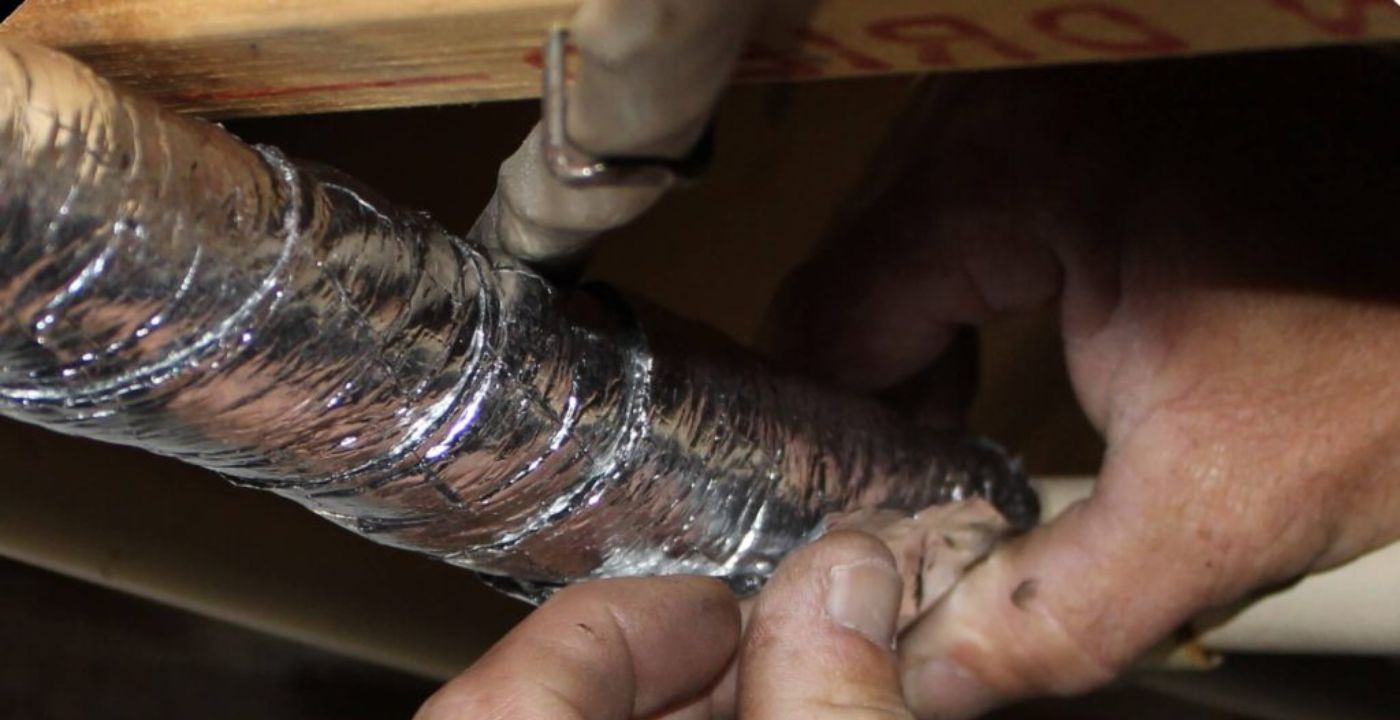
Pipework is often overlooked when considering insulation, but covering it can be done quite cheaply and will help prevent condensation in the loft space. Gas and water pipes can become quite cold and water vapour will settle on them in a warm room, making condensation.
It’s a good idea to make sure the loft area insulation covers more than simply walls and floors.
Remember that pipes may run behind walls or be hidden in other ways, so consider consulting a professional to do a thorough inspection. Unseen condensation is equally problematic, if not more so, than the more obvious wet walls and mould.
How to Dry Out Condensation in the Loft
If you have significant condensation and mould already in the loft, it may be sensible to call in an expert. However, there are plenty of things you can do to clean an area of the damaging black spots of mould.
- Thoroughly inspect the room – it’s important to find all the condensation in the loft.
- Clean the surfaces with a mould cleaner – many cheap cleaning products are excellent at cleaning off the mould and returning walls to their previous shine. It is advisable to wear a mask and gloves when using mould cleaning products.
- Dry the clean surfaces – don’t leave any extra moisture on the walls when you don’t have to.
- Ventilate the rooms – see point (1) above.
- Balance the heating – warm, well insulated rooms are less likely to fall prey to condensation.
- Move furniture away from walls and surfaces – at least for a short time following the cleaning, keep furniture from the walls to allow them time to dry and breathe.
- Keep on top of it! – check the rooms regularly to stop any future build up before it occurs.
Remember – mould and spores can be dangerous to breathe in. If you have a significant build up, consider getting expert advice.
London Lofts - Experts at Dealing with Condensation in the Loft
At London Lofts, we’re experienced in condensation prevention. Our team are experts in understanding the airflow and insulation requirements of a loft and can help you renovate your loft space with the necessary ventilation and insulation to make loft space condensation a thing of the past. Contact us for a free, no-obligation quote for a professional inspection, and prevent condensation and damp in your loft before it becomes a problem.




